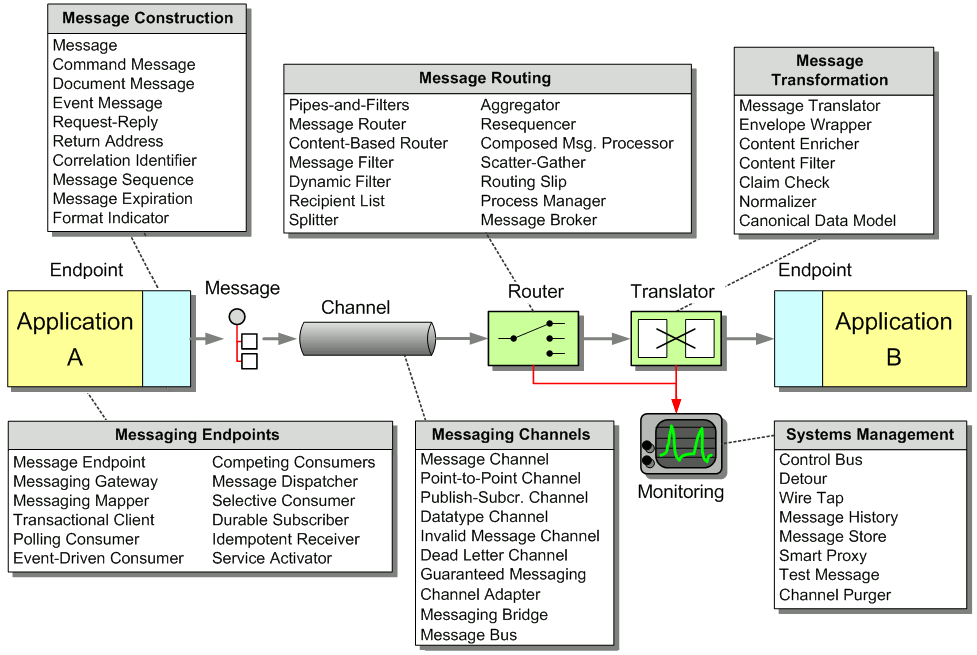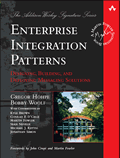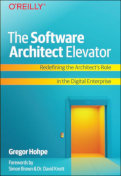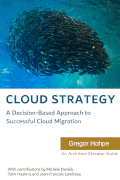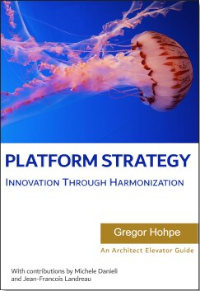An enterprise has multiple applications that are being built independently, with different languages and platforms. The enterprise needs to share data and processes in a responsive way.
How can I integrate multiple applications so that they work together and can exchange information?
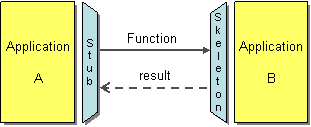
Develop each application as a large-scale object or component with encapsulated data. Provide an interface to allow other applications to interact with the running application.
Remote Procedure Invocation applies the principle of encapsulation to integrating applications. If an application needs some information that is owned by another application, it asks that application directly. If one application needs to modify the data of another, then it does so by making a call to the other application. Each application can maintain the integrity of the data it owns. Furthermore, each application can alter its internal data without having every other application be affected.
Although the encapsulation helps reduce the coupling of the applications, by eliminating a large shared data structure, the applications are still fairly tightly coupled together. The remote calls each system supports tends to tie the different systems into a growing knot. In particular, sequencing--doing certain things in a particular order--can make it difficult to change systems independently. Often these become problems because issues that aren't significant within a single application become so when integrating applications. People often design the integration the way they would design a single application, unaware that the rules change.
... Read the entire pattern in the book Enterprise Integration Patterns
Related patterns:
File Transfer, Messaging, Shared Database

